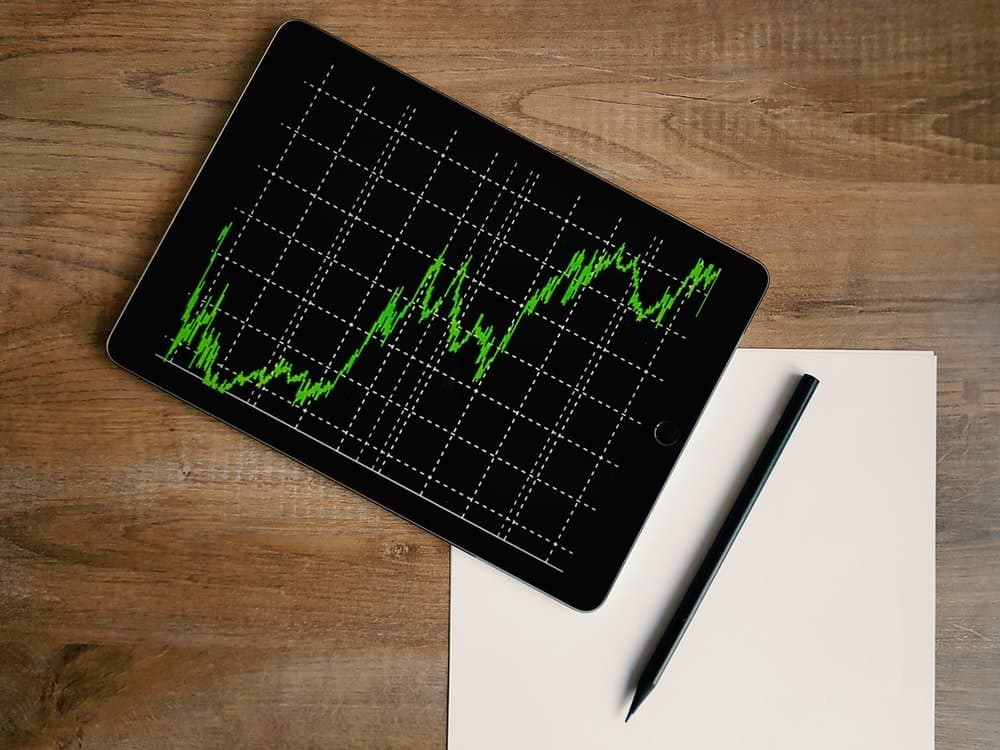AD | Featured
Forex signals is a fast way of receiving trade recommendations. Today, a lot of companies are offering forex signals online. Some signals are given away for free, while others require a paid subscription.
Many online trading platforms make it very easy to use forex signals. You can use the platform to look for suitable signal providers, sign up for a subscription and seamlessly utilize the information for your trades.
Most of the available forex signals are technical analysis-based or fundamental-analysis based.
Using forex signals
- Log into the signal provider’s channel. (It can be a web page, a Telegram channel, a Skype chat, etc.)
- Take the data delivered by the signal provider and copy it to your account to carry out a trade.
- What is included in a signal?
A forex signal is not a foghorn signalling into your ear. Instead, it is a small piece of text that includes the essentials about a recommended trade.
Examples of information that is normally included
- The status of the signal: Get Ready, Active or Closed. A Get Ready signal will soon turn into an Active signal or disappear, depending on the circumstances. An Active signal is a signal that you can utilize right now. A Closed signal is expired.
- The currency pair (e.g. EUR/USD)
- If it is a BUY signal or a SELL signal
- The Entry Price. (The signal provider recommends that you carry out the action at this prize level.)
- The Stop Loss point. (The prize level where your open position will be closed automatically if the market turns against you. Using Stop Loss is not mandatory, but can be a valuable risk-management tool since it cuts your losses.)
- The Take Profit point. (The prize level where your open position will be closed automatically if the market has been moving in the desirable direction. Using Take Profit is not mandatory, but can be a valuable risk-management tool.)
- Additional info. This can for instance be charts, explanations, market analysis and comments. Full analysis signal providers will make the effort to clearly explain why a signal is supposed to work, instead of just telling you what to do.
Choosing suitable forex signal providers
Below are a few examples of things that are good to keep in mind when selecting forex signal providers.

What kind of trading do you want to do?
It is important that you select a provider that suits you and your trading preferences Do you want short-term signals or longer-term signals? Are you interested in trading on intraday breakouts? Which currency pairs are you interested in? Maybe even cryptocurrencies? Do you know the actual Ethereum price?
Test-run for free
Many serious forex signal providers will allow you to sign up for free and use their signals free of charge for a limited time. That way, you can get a feel for the quality of the signals and if they are suitable for your trading.
Preferably try out several signal providers before you make your choices.
You can use a free play-money Demo Account to test the signals on a trading platform without risking any real money.
Time zone
You want a signal provider that is active when you normally trade.
Delivery
How will the signals be delivered to you? Which delivery methods do you prefer? Will a certain delivery method make it easy to quickly enter the information into your trading platform?
Examples of common delivery methods:
- SMS (phone text message)
- Telegram
- Skype
- Integrated into the trading platform
Past performance
How well have the signals from this signal provider worked in the past? If you had adhered to them, would you have made a profit? It is best to use data from a verified third party.
Look at several rankings
There are plenty of sites available online where forex signal providers are reviewed and ranked. Instead of trusting one site blindly, look at several sites. Also, make sure you look at current reviews and rankings. The quality of a signal provider can go downhill quickly.






























